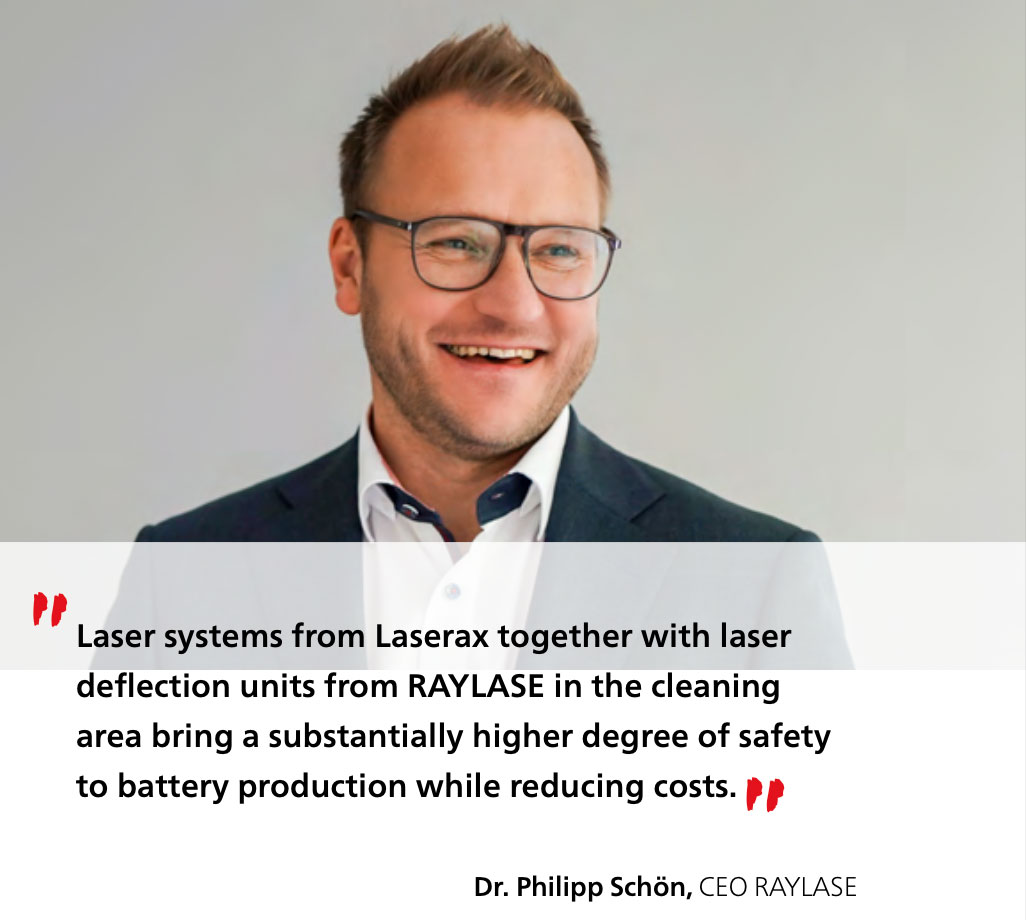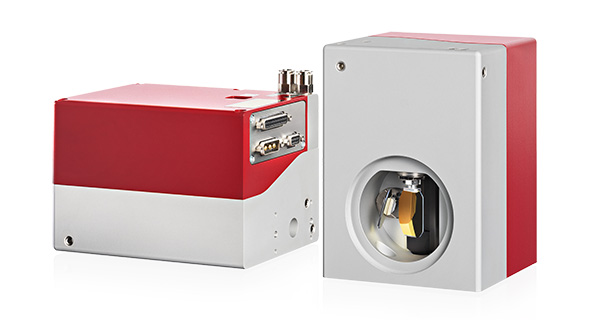Laser cleaning improves battery production
Which deflection units are suitable for laser cleaning in the different application areas of battery manufacturing?
Laser cleaning is basically a very innovative process that is used completely contact-free mostly by means of fiber lasers to remove rust, oxides, paint and other coatings from metallic surfaces. The great advantage is that it does not change the properties of the material in the process. Laser cleaning does not require any chemicals or consumables and is therefore much more environmentally friendly and ecological than conventional processes that use acids, solvents or mechanical abrasion such as sandblasting for cleaning. Laser cleaning is also increasingly being used as a pretreatment for functionalizing surfaces to prepare them for subsequent manufacturing steps. - This is also the case in battery production, which has set out to make the world less dependent on fossil fuels.
The battery industry benefits enormously from modern laser technology processes. In the production of lithium-ion batteries for electric vehicles and energy storage systems, for example, lasers reduce cost pressure and accelerate product cycles. Coordinated laser systems consisting of laser and laser deflection unit, achieve incomparably good qualitative results - even in cleaning. Even in the smallest of spaces, laser systems work highly dynamically, with fully automated repeatability and absolute precision.
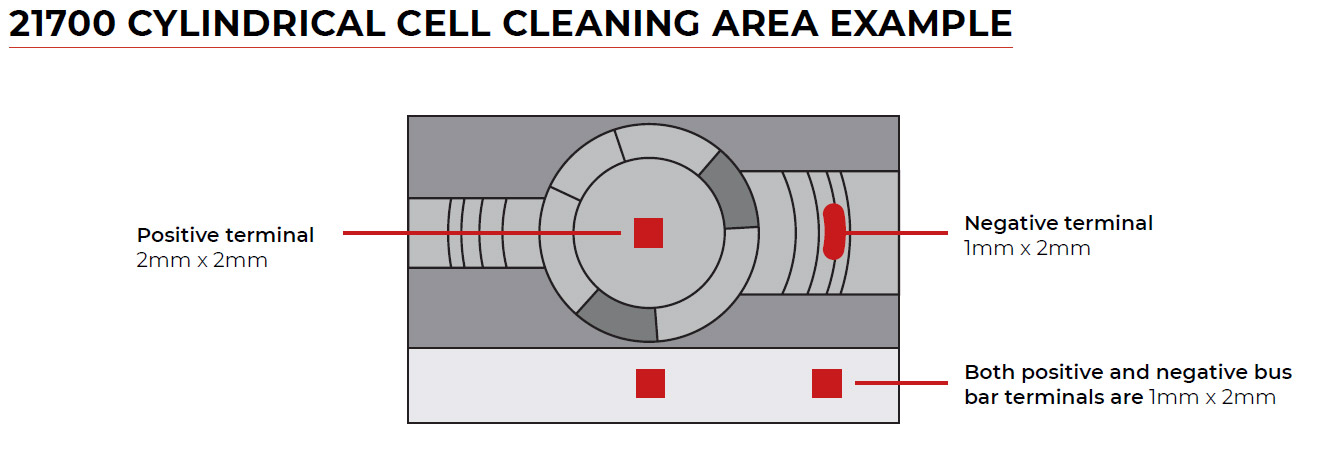
Laser cleaning of surfaces in battery production
Battery manufacturing requires numerous welded and bonded joints that are critical to the functionality of the product. Adhesives, sealants, pastes, potting compounds, gap fillers and encapsulants are used to provide thermal, structural, sealing and damping properties to the battery. Removing impurities before bonding or treating the battery improves the chemical properties that hold the parts together and determines the conductivity of the contacts, improving battery life. With the latest structural battery technologies, good surface connections are especially important. This is because here the quality of the mechanical connection affects the vehicle strength and thus the overall safety of the vehicle.
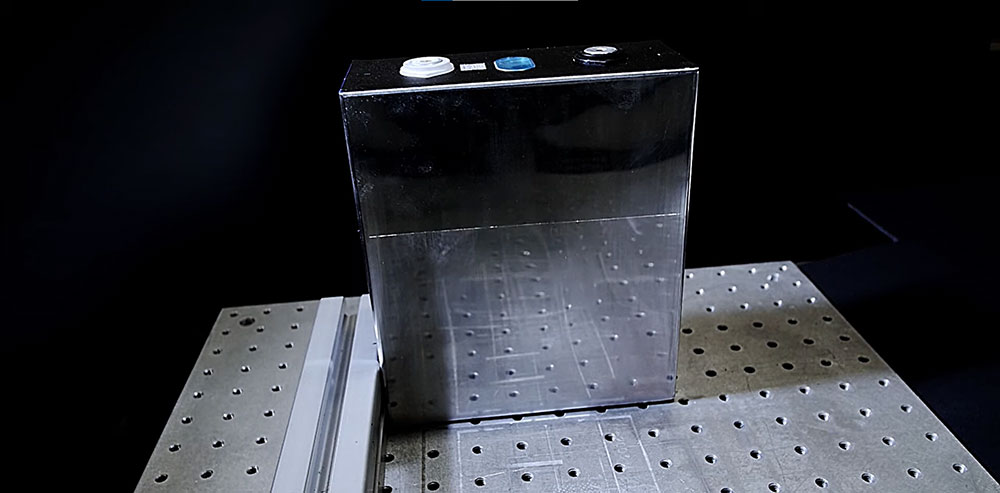
A prismatic cell envelope is laser cleaned with a pulsed fiber laser. Source Laserax
Laser cleaning before bonding and welding
Good welding and bonding always starts with careful preparation of the surface - i.e. cleaning it. It contributes to better adhesion of the adhesives. In batteries, there are hundreds or even thousands of welds and bonded components at the cell level, all of which are critical to the battery‘s functioning. „In this regard, laser cleaning
is a highly precise, uniform and fast process that removes any contamination from electrolytes, dust, oils and oxides from metal surfaces. The battery components remain unaffected and intact by the cleaning,“ emphasizes Alex Fraser, Laserax‘s Vice President (VP) and Chief Technology Officer (CTO). The Canadian company, headquartered in Quebec and with a subsidiary in Bad Grötzingen in Baden-Württemberg, Germany, is increasingly using RAYLASE laser deflection units in the cleaning process of battery components. Laserax Vice President (VP) and Chief Technology Officer (CTO) Alex Fraser: „Laser cleaning is the best solution for preparing a battery surface. It is recommended by many major adhesive manufacturers. Cleaning zones can be positioned extremely flexibly for a wide variety of part sizes and shapes. We have been using laser deflection units from RAYLASE since 2013, which allows us to clean very efficiently at high production rates.“
Perfect cleaning of electrical contacts
The technical requirements for battery production are enormous at every step of production. Battery modules have hundreds to thousands of poles that must be cleaned before welding, so even a 1% deviation can lead to massive recalls. And those are expensive and reputationally damaging! In the laser welding industry, 6 sigma precision is simply no longer enough, it requires 7 sigma: 0.019 defects per million welds. Laser cleaning provides the precision needed here to ensure consistent cleaning results and avoid quality problems. „For example, the contacts of pouch cells are cleaned without contact at unsurpassed speed, ensuring pure current connections between dissimilar metals such as copper and aluminum without the disturbing influence of foreign particles such as paint, epoxy, oil,“ explains Frédéric Faity, Technical Sales Manager at RAYLASE of the complex production process. With its precision and speed, the fully automated contactless laser removal process of contaminants on battery busbars and battery submodules is simply unsurpassed in its quality.
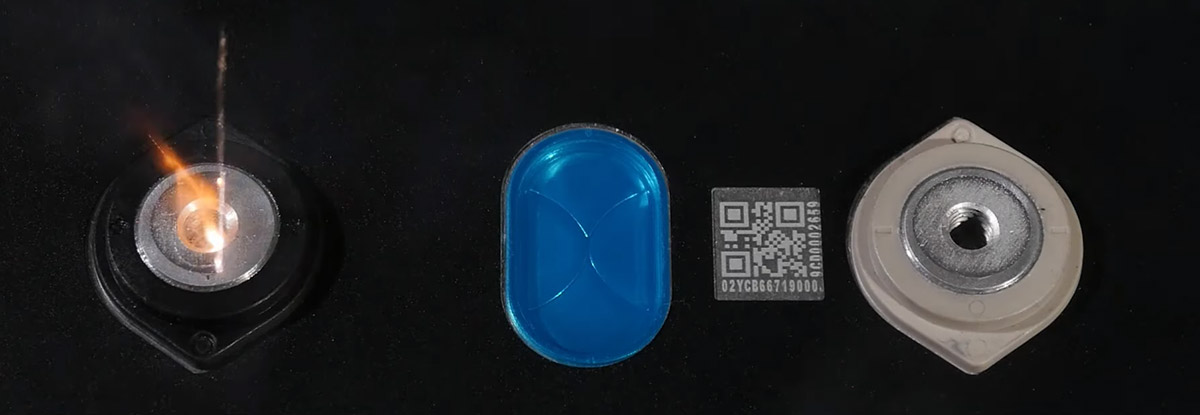
Source Laserax
For lightning-fast, highly efficient cleaning of battery components, RAYLASE offers the MINISCAN III series as an entry-level model and the SUPERSCAN IV-15 as a high-end product. Working over several levels is made possible by the FOCUSSHIFTER-14.
MINISCAN III SERIE
Compact, high-performance, High speed & high precision Cleaning of 3D surfaces cost-saving
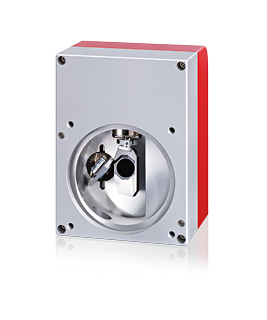
SUPERSCAN-IV-15
High speed & high precision
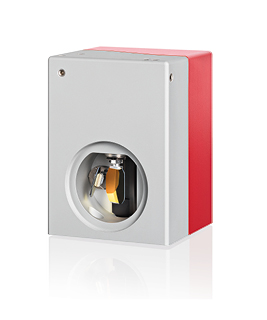
FOCUSSHIFTER-14
Cleaning of 3D surfaces
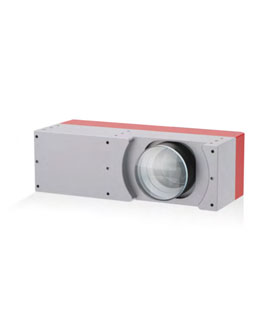
The water contact angle test shows the cleaning success
Trust is good, control is better! Laserax uses a water contact angle test to check the cleaning results. The angle degree visualizes the result of the laser cleaning: If the angle is flat at < 10° with low surface tension, the test shows that cleaning was good here. A steep angle (drop on the right) with approx. 75° of high surface tension indicates a poorly cleaned area.

Oxide removal on battery cells
When flammable substances react with oxygen, oxides are formed. In battery production, these are usually metal oxides that can impede the flow of current. They must be removed before welding or joining processes. Laser oxide removal is a good choice here. It can remove oxides in a very gentle way without contaminating the base metal underneath. With the micrometer precision of the laser, oxides can be cleaned in controlled layers and from predefined areas. „With our laser systems, oxides and other contaminants can be removed quickly and completely without damaging the underlying metal,“ emphasizes Stéphane Melançon, EV Expert at Laserax.
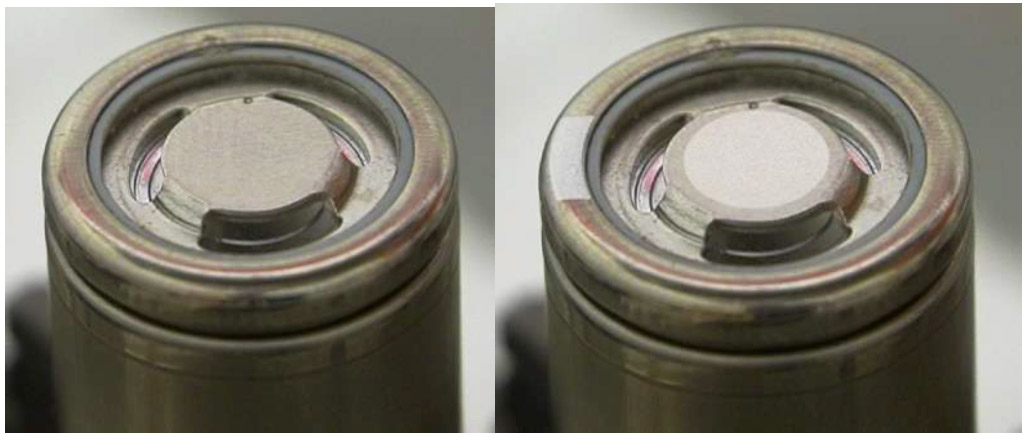
The top of a cylindrical cell, on the left completely contaminated with oxide and on the right after laser cleaning. Source Laserax
Special Features: RAYLASE offers unique opto-dynamic capabilities designed for these applications and manifold design variations of its deflection units.
Advantages:
- Enormous increase in productivity with less scrap at the same time
- Suitable design variants depending on requirements
- Highest laser pulse powers up to 2kW possible
The pre-focusing RAYLASE SUPERSCAN-IV deflection unit is particularly suitable for very fast and precise applications in the cleaning sector. Source RAYLASE
Removal of coatings on cell plumes
The most common methods for removing coatings include burn-off ovens, sandblasting and chemical stripping. Laser cleaning has proven to be particularly good where speed and precision play a major role - as in battery production.
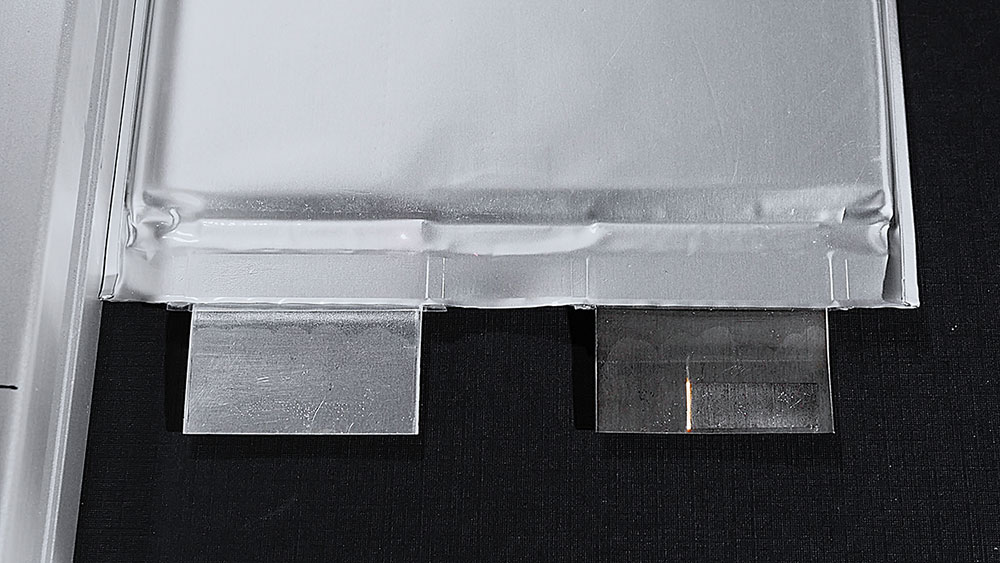
The electrode lugs of a pouch cell are cleaned of insulating coatings by laser, thus preparing them for the further welding process with the current collector. Source Laserax
The advantages of laser cleaning for battery cells at a glance:
- Enormous increase in productivity
- Consistent cleaning quality
- Protects surrounding components from burns
- High-precision positioning in the smallest of spaces
- Avoids expensive recalls due to defective welds
- Significantly less scrap, more sustainability
- Environmentally friendly and ecological processes - no abrasion, no chemicals
RAYLASE offers innovative total solutions consisting of the laser deflection unit, the SP-ICE-III control card and the RAYGUIDE software, tailor-made for the laser cleaning task in question.
The company Laserax, Canada
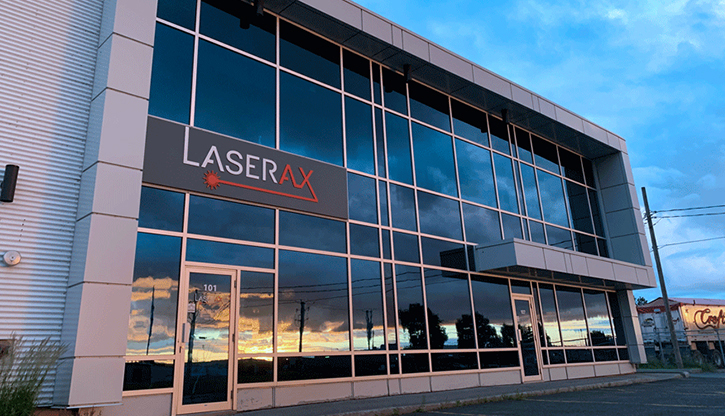
„At Laserax, we believe in the power of laser technology to improve manufacturing processes and make them more efficient and sustainable. This power will continue to change the world,“ Laserax Vice President (VP) and Chief Technology Officer (CTO) Alex Fraser is convinced. Founded in 2010, the company initially developed inline laser solutions for large smelters. Since then, it has been conquering foundries and automotive suppliers around the world. Headquartered in Quebec, Canada, Laserax also has subsidiaries and partners all over the world, including Laserax GmbH in Germany”.
Laserax brings highly innovative laser technologies to the market. The Canadians offer, among other things, manual and automated laser cleaning machines that remove paint, oxides, rust and other contaminants from metal surfaces quickly and with high precision. In addition, laser texturing improves surface adhesion. Laserax develops complete laser solutions as well as high-power lasers that mark, clean, texture and harden surfaces.
Working together to change the future of industrial production for the better: „There is a lot of potential in combining our strengths,“ RAYLASE CEO Dr. Philipp Schön is convinced.
